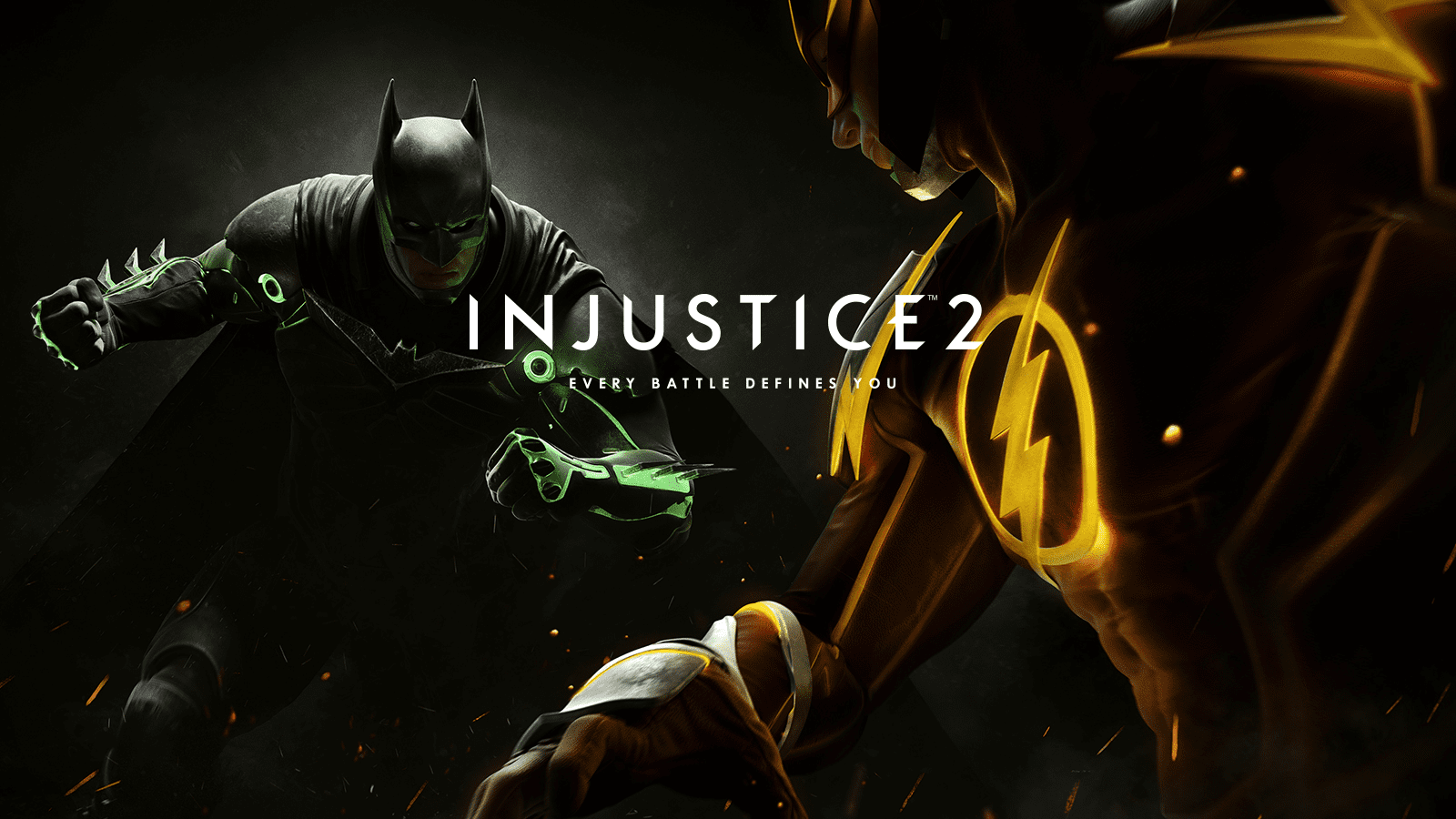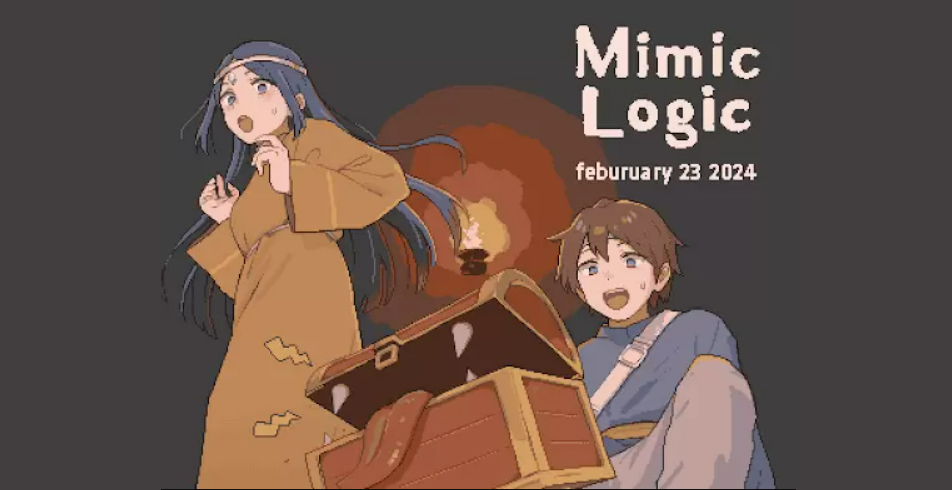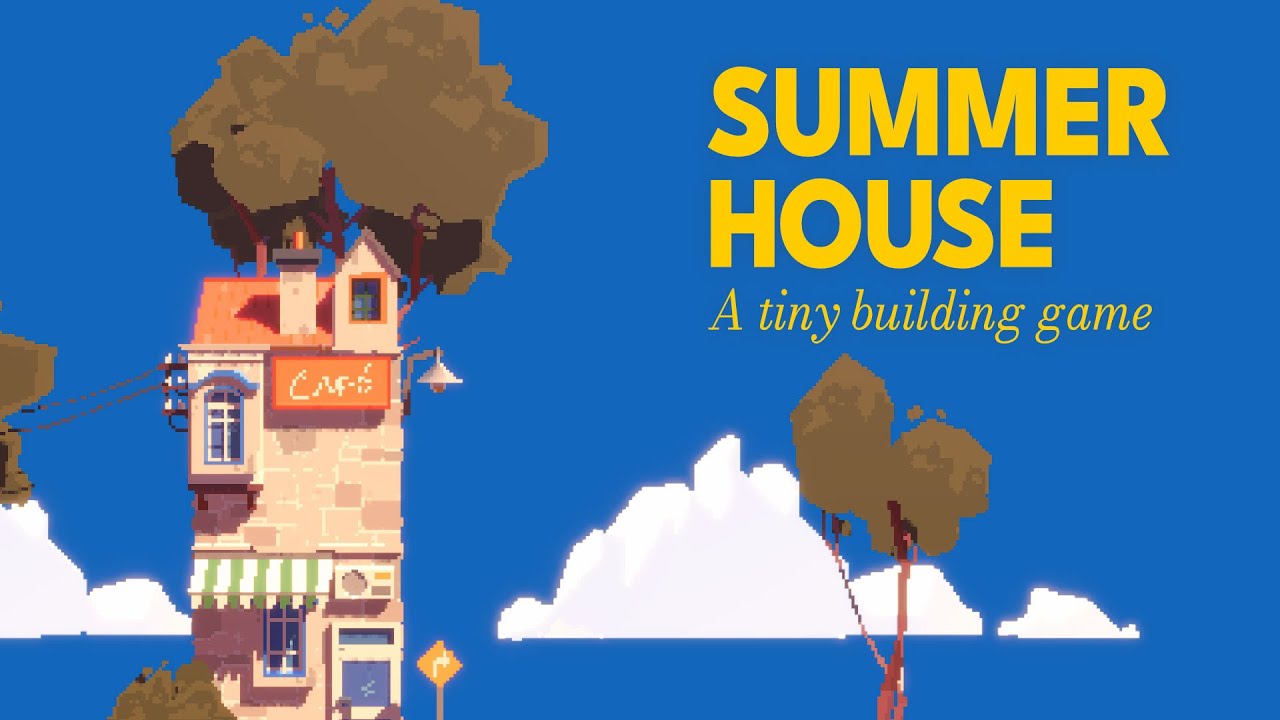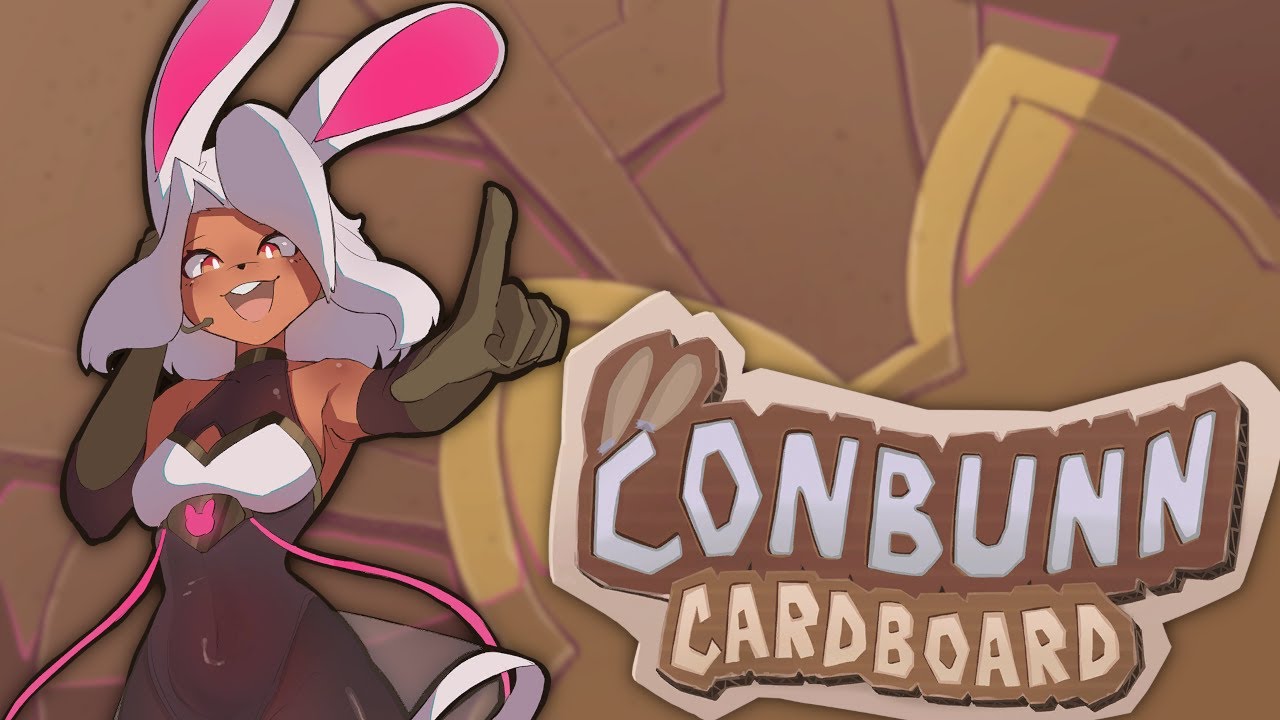Formats: PS4 and Xbox One [Reviewed]
Publisher: WB Games
Developer: NetherRealm Studios
Price: $59.99
Release Date: May 19th 2017
The original Injustice was a breath of fresh air for fighting game fans when it released on last generation consoles. The fighting itself wasn’t breaking any new ground as it always felt more a testbed of future Mortal Kombat ideas, but where the game really stood out was in the single player experience. Fighting video games don’t often focus on a deep story mode, and this helped set Injustice apart from the crowd.
In this latest installment things go a little sideways as the story involving Brainiac feels at best rushed, and at worst a haphazard mess. Brainiac is a fantastic villain with a great design, and Jefrey Combs does an amazing job lending an imposing vocal performance to the character. The problem really lies on the fact that Brainiac himself isn’t all that impressive when you finally reach him. They story just stumbles over itself so much that it’ll have you screaming at the screen for leaving as many plot holes as there are universes in the multiverse.
The Injustice 2 story also builds rapidly, moving at an alarming rate, but sort of screws the pooch when it hits end-game territory. Brainiac as a character simply just does not live up to everything the game’s story has built him to be. He lacks the imposing nature from a gameplay point of view that the story build around him, and if that wasn’t bad enough, the story leading to that final encounter itself makes little sense, even for a comic book.
Batman brings Green Arrow and Black Canary over from the main DC universe for no apparent reason –or with much effort– other than to have them in the game. We aren’t even told who these people are and if you skipped the first game, this one well make nearly zero sense. It’s a clunky affair that makes Batman look less like greatest mind, and more like luckiest person around. This is a shame as the original Injustice had a story that was engaging enough to warrant a purchase even without touching the multiplayer. The new cast of characters are so underdeveloped that they might only take up a single fight in the story mode.
Visually Injustice 2 looks great on the Xbox One. The various stages are all really well detailed with a lot of little extra bits scattered around that comic fans are sure to notice. Characters look great and everything is very fluid and smooth. The facial animations for characters are also much improved over the original. The voice acting, as one would expect is also fantastic and with the improved facial animations only makes it even more impressive.
But the big question for many is just how Injustice 2 plays. Fighting games are always trying to make their mechanics deeper with every iteration to justify a reason for consumers to pick it up. Why do you think Street Fighter 3 is still so loved even after half a dozen new entries. So you’ll be glad to hear that Injustice 2 is quite the technical fighter that improves upon the original in a number of ways.
Depth is the name of the game this time around and there seems to be a clear focus on the competitive eSports market. The original game was a lot fun, but it felt for a testbed for future Mortal Kombat games than its own franchise that stood out from its big brother. While the first Injustice did see play in competitive circles, it never reached the heights of its competition.
Gameplay consists of three main buttons for attacks and some grab maneuvers. This keeps the game accessible for comic book fans that aren’t well-versed in fighting games (something the original did quite well) but has enough depth to let players go nuts. Super moves are back and just as stylish as ever even if a few to many rely on visiting what looks like Scorpion’s underworld home.
You can once again use your super meter to enhance your standard moves, but there is also a secondary power meter that is tied to unique abilities for each character. Batman can activate a set of drones, Wonder Woman can buff a random part of herself with help from the gods, Supergirl can use her heat vision and so on. Incorporating these abilities into your strategy adds a really fun layer of depth and each fits really well with each hero or villain.
That would all be enough for most fighting games, but Injustice 2 really shines in just how you can use that super meter. Most players are simply going to let it build and launch their super, but fighting game aficionados will use the meter to help destroy their opponent without ever launching a super move. Rolling escapes, bounce cancels, air escapes can be pulled off to help quickly change the tide of a battle. You can also go into clashes once again and these offer up even more strategy and after effects. Do you risk your super bar to win a clash, or do you pocket a few bars to give you more options as the battle extends?
Injustice 2 provides a fantastic gameplay experience from top to bottom, and one that is immensely satisfying. But the best part about it is just how the game keeps causal players coming back after completing the story mode. I’m not talking about the online multiplayer (which is is surprising a pretty standard affair), but with the new multiverse mode the game places a large focus on. This mode seems tailored more for non-fighting game games than anything, so this could go either way for many people.
The multiverse mode allows you to access Brother Eye who will find various universes that need your intervention. You can think of each world Brother Eye finds like a Challenge Tower in Mortal Kombat, but laid out much better and with a deeper purpose. Each of the worlds that Brother Eye finds will only be available to play for a set amount of time. This means that every time you log in, you’ll find a slew of new challenges. Some are open for a few days, while other only a few hours. It’s a bloody great way to keep players coming back.
This mode is important and necessary thanks to the new system the game relies on, and marketed itself around. The tagline “Every battle defines you” that the game uses is really all about costumes you can collect. Injustice 2 pulls a very RPG move and has you unlocking equipment that not only buff each character, but gives them a whole new look. Most of these are pulled from various comic arcs and alternate universes, while others are all new and pretty outrageous.
Each piece you unlock gives your character a stat boost, and because this is an RPG element, many of them can’t be equipped until your character reaches the proper level. The game smartly uses loot boxes to unlock equipment, feeding the causal player just enough cool parts that are slightly out of reach so you keep fighting and leveling up. It’s a neat system, but one that doesn’t translate over to ranked matches for obvious reasons. Unranked matches will allow you to use that Robin Hood Green Arrow unless you turn off the option in match-making.
That said, the focus on this new gear system doesn’t really do anything for the core game. It clearly doesn’t take away from the experience, but it doesn’t add anything either as ranked matches and competitive tournaments will probably rightly ban the feature. It’s really only there to add longevity to the game for comic fans to unlock classic outfits. It’s not often a fighting game markets itself on a feature that doesn’t add anything to the core experience.
In the end Injustice 2 is still a fantastic fighting game that will satisfy both casual and hardcore fans of the genre, but one that comes close to overburdening itself with a new upgrade system that adds little to the overall experience other than being a cosmetic gimmick, and having a story that is a blithering mess, even for comic book standards.
Final Score:
4/5
// Promoted Posts








